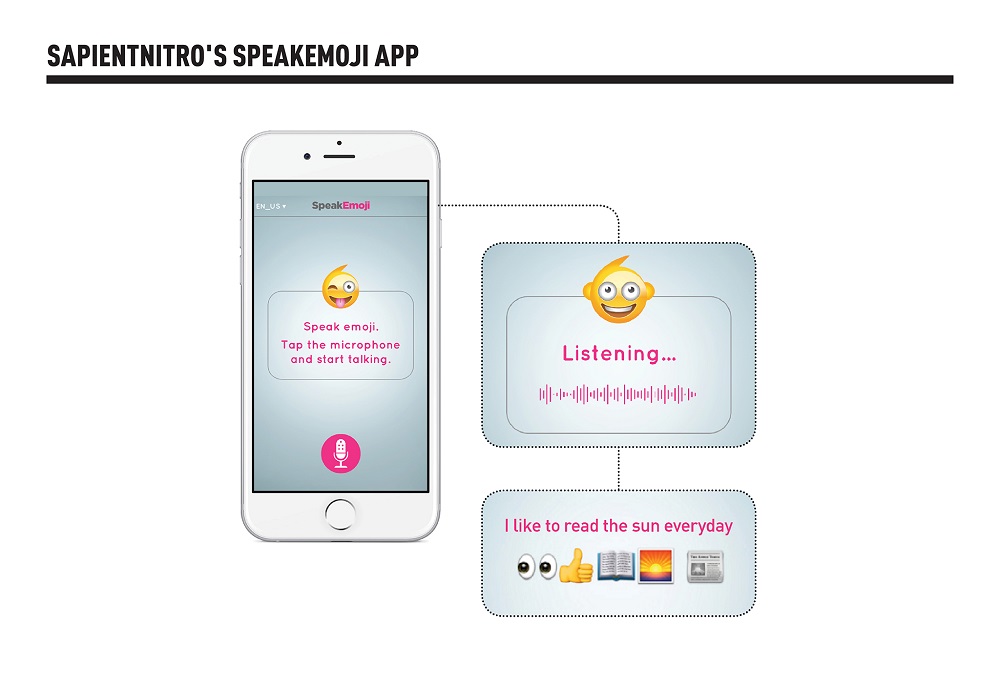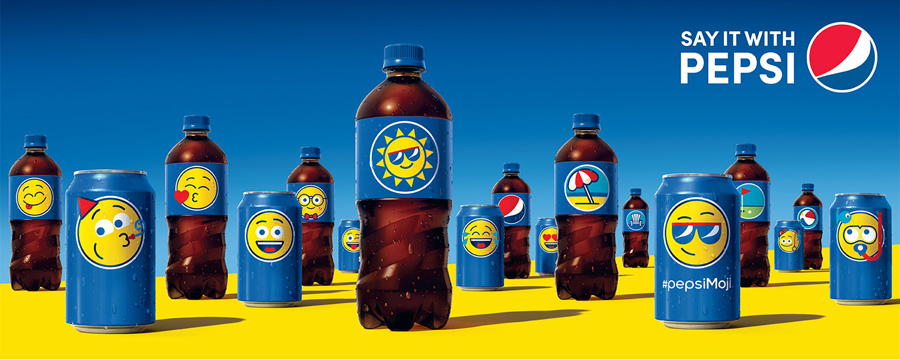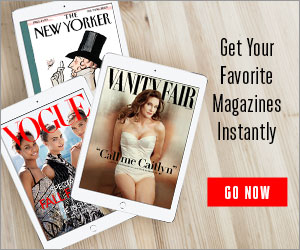This evolving, visual communication language is becoming a natural – and highly useful – part of our digital conversations. Through emojis and stickers, people have found a shortcut for expressing complex feelings and are thus achieving a new kind of digital intimacy.
SEE ALSO:A Look Around Social Media Week, New York
And, while some are already seizing this, more marketers should want in on the opportunity that lies ahead.
Consumers, and brands, are increasingly speaking visually
When it comes to growth rates, the leaders in online, social behavior are no longer the social networks themselves, but rather the social messaging platforms.
This is one of the largest shifts in consumer behavior for the evolution of visual language usage and is setting up the emoji (along with its visual kin) to become one of the most engaging tools in marketing communications.
The movement towards image-led communication presents a multitude of opportunities for marketers to drive differentiation and service communication. By using this visual language and participating in its continued evolution, brands position themselves as allies of the technological disruption curve. They literally show that they speak the language of their consumers and, so, depict their ability to consider behavioral data and act accordingly. Not to mention the fact that speaking visually can incite higher engagement from consumers – either in conversation with the brand itself or through downloads (and usage) of branded stickers in personal communications. Both are great examples of proactively introducing your brand into users’ stories, rather than waiting for them to become part of yours.
Which brands are doing it right?
As our visual language expands, several brands are highlighting the various applications that this evolution offers. The ingenious usage of emojis on social media (like Bud Light’s Fourth of July emoji flag) and emoji keyboard generation (like Burger King’s Chicken Fries keyboard) have become table stakes. Other depictions of recent visual language innovation include strategies involving user-generated content (as Oreo did through their custom WeChat app), co-branded partnerships (such as the first media buy involving emojis, introduced by Twitter and Coca-Cola), and offering utility via emoji tools (like SapientNitro’s speech-to-emoji translation app).
Beyond these examples of effective emoji usage, there are several trends worth noting for those brands that wish to keep an eye on where visual language innovation is heading.
Breaching the physical world
Seamless activity across the physical-digital divide remains a priority for brands. And, for a communication tool that is so visual and versatile, it was only a matter of time before consumers’ desires for emojis – along with the efficacy of the language itself – pushed the little pictograms into the physical world. Case in point, PepsiMojis – probably the first iteration of branded emojis on physical products. Pepsi first tested PepsiMojis (cans and bottles featuring customized emojis) in the summer of 2015 in Canada – a country who has more than one official language and, therefore, can vie for the effectiveness of the pictograms. The strategy led to such good results, it seems, that PepsiMojis (all 70+ of them) are making their global debut in over 100 markets in the summer of 2016.
RELATED:The New Pack-Age of 2016
In an effort to capitalize on the visual communication trend (and compete with Coca-Cola’s Share-a-Coke campaign in which unique phrases and names were placed on bottles and cans), Pepsi is betting heavily on emojis’ ability to connect its playful brand to consumers in their natural habitats. In the case of Pepsi’s younger target audience, these environments include concerts, sports games, travels abroad, or something adventurous of the like – all moments better served by quick and fun interactions. Paired with their merchandising and adverts, Pepsi created a robust, cross-platform emoji campaign: Say It With Pepsi.
Innovating with animation
For those marketers looking to play in the emoji sandbox, an awareness and understanding of Graphic Interchange Formats (GIFs) is key. GIFs – which are short, looping videos used across social media and messaging platforms – have come to be considered the animated siblings of emojis, often deemed the “next step” in visual language innovation after emojis themselves. Propagated by a similar user base, the popularity of GIFs is also growing at a rapid pace, riding on the explosion of video consumption across social media, messaging, and (in fact) the Internet. Several brands have noticed this trend and are, again, seen innovating in the space.

ESPN, for example, has compiled a library of animated GIFs commemorating moments and players, such as the top 10 U.S. National Basketball Association (NBA) players (seen on the left).
Preparing for hyper-personalization
The next stage in image-based communications, beyond animation, will belong to the world of hyper-personalization. Take Snapchat, for example, a leading proponent of visual language innovation and the importance of creating authentic, timely, and creative branded content. Not only have brands evolved their strategies to fit the platform, but the platform itself has also matured to encompass users’ habits and desires. Its collection of lenses and filters prompts users to introduce their faces – their selves – into the visual communication tool itself. Much like user-generated content, this ability to combine physical realities with digital language pushes the boundaries of technology and storytelling into the hyper-personalized realm that consumers revel in (hello, Millennials).
SEE ALSO:Made for Me – 3 Ways Brands Can Achieve Successful Personalization
Success is thinking like an “anthromojist”
Like an anthropologist, brands need to study the social customs, artifacts, rituals, patterns, and values of their consumers to understand (and even anticipate) their changing tastes.
To become associated with unique service in their industries, brands should take further steps of proactive integration with their consumers’ language behaviors. Brands need to be thoughtful and empathetic. A deep understanding of people’s context will reveal opportunities to create icons, story systems, games, tools, and a host of other services that people will willingly and delightfully adopt into their communication habits.
Emojis, stickers, and GIFs – along with their adoption and use – are signals that a communication shift is well underway.
The imperative is clear: Language is changing. To begin innovating within this visual language space, cultivate emojiable strategies, and become a part of consumers’ conversations, marketers should:
- LEARN
Study your consumers’ current and future visual vocabularies to understand what words and images are appropriate to use when talking to them. - LISTEN
Expand your social listening efforts to include visuals. - CREATE
Create opportunities where you can engage with or fuel your consumers’ conversations. Work with your agencies and identify new vendor partners for both ongoing and visual campaign opportunities. - EXPERIMENT
Engage with visuals to explore and measure engagement. For example, start a pilot program that allows your consumers to text customer service using emojis. Better yet, could you write an agency brief that was all in visuals (like emojis)? - QUESTION
Can your brand guidelines incorporate how to handle emojis, stickers, GIFs, shareable images, and others of the sort? - TRAVEL
Get off your butt and go to Asia, especially Japan and China. Witness the cultures who use – better said, propagate – these tools first-hand, meet with their citizens, and talk to local agencies. These insights will be a source of inspiration and will allow you to lead, instead of copying what others are doing. - CATALYZE
Remember that this is your customers’ language. You want to help people tell their own stories with some of your content. It’s not about burger and fries emojis, it’s about helping your consumers to tell their nuanced stories with delightful and thoughtful images, tools, and services.
Our biggest suggestion, however, is for marketers to simply walk the walk – or text the text. The first step is to stop thinking of the news and trends that you read as being just fads for young kids. Then, you and everyone in your team, department, or agency should start exploring the visual language landscape. Prompt them to download and use WhatsApp, LINE, WeChat, Snapchat, or others. Prompt them to learn by doing.
To read more about the future of this global and impactful shift, including key data points and extensive examples, download the full article PDF.
By Rob Murray, Director of Consumer Intelligence, and Emily Twomey, Senior Account Director of Luxury & Beauty, for SapientNitro in New York.










